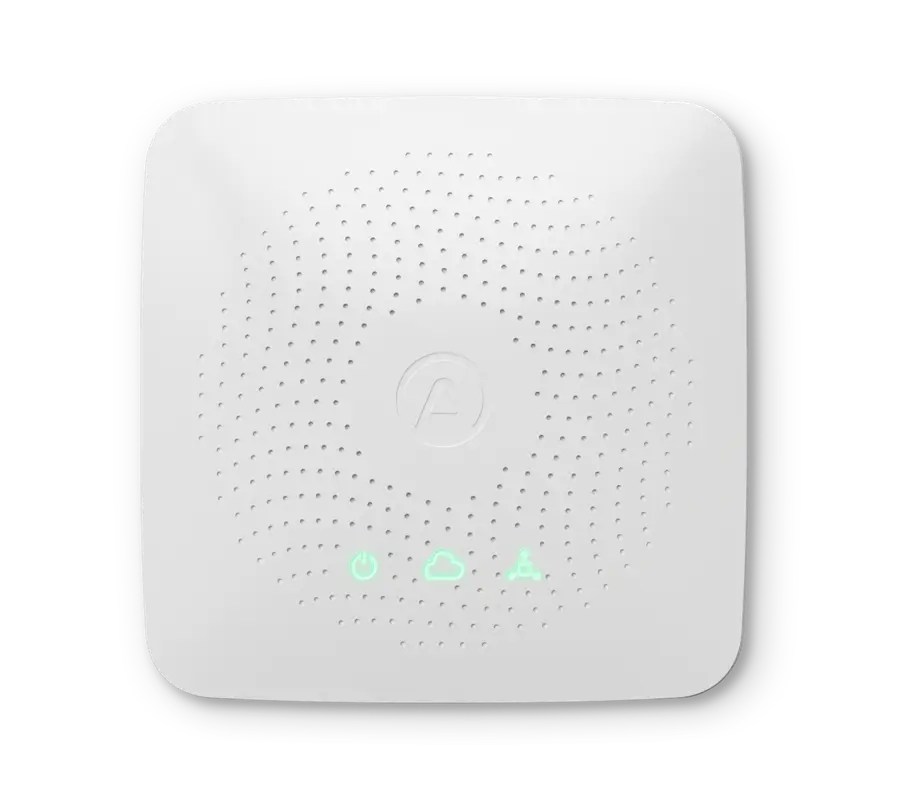The purpose of a radon mitigation system
A radon system or radon mitigation system is one that actively removes radon gas from your home, usually by removing the gas from below the building and expelling it above and away from the building. Radon mitigation removes radon gas from breathable air, sometimes also removing radon from drinking water. If a ventilation system is not used to mitigate radon then an airflow system that changes the air in a home is used. Waterborne radon is mitigated via a filtration or aeration system, as aeration allows the gas to escape liquid water.
.jpg)
Before any radon system is installed, a home must first be tested for radon content. An “actionable level” of radon is the amount of radon at which you should seek a radon mitigation system, and the US Environmental Protection Agency recommends an action level of 4.0 pCi/L (EPA). The World Health Organization’s international recommended maximum is 2.7 pCi/L. And as for whether or not you test air or water for radon first, go with air and then water if you have high levels of airborne radon. Airborne radon is a more serious threat, and therefore figuring out if you have radon in your air is more important than knowing if it’s in your drinking water. If you do have actionable levels of radon in your home, then a water radon test is advised. However, it should be noted that the US EPA has not defined a maximum level of radon in water and that further research is needed to that end.
Factors to consider
Various factors affect levels of radon in your home, and because it is a gas these levels will fluctuate over time. So, in the summer the levels of radon in your home may be different than in the winter. For this reason, a long-term monitoring approach is recommended, as opposed to a short-term test (which are anywhere from two days to 90). Short term tests are effective for quickly gauging radon levels in your home. Before any radon system is installed, it is important for you to have verified test results showing actionable or near-actionable levels in your home, and radon tests or detectors are the tools for that job.
Short-term radon test kits often require you to send the kit to a lab for analysis, while long-term detectors can actively gauge radon levels in your home and give you a reading within hours (although at least as week is recommended to ensure accurate readings). Testing water for radon, on the other hand, always necessitates sending a sample of your home’s water to a laboratory for analysis.
If you do conduct a short-term test, it is often recommended that you conduct more than one. This way you can be more sure of your home’s radon levels before taking action. If radon levels are found to be actionable and you install a radon system, it is also recommended you test again after the installation. If a radon system is installed, it is recommended to get a radon detector so you can be sure the system is always functioning properly and so you can take action if it isn’t working.
.png)
Radon tests are usually conducted as part of home transactions and often must be conducted by a third party (i.e. not the seller or buyer), which varies by state. For this reason, they are often included in a home inspection, but requirements vary state by state. You can also purchase radon kits and detectors for your own personal use, which is sometimes overlooked by homeowners. Radon mitigation is such an important part of a home that real estate transactions in which the seller has not proven radon levels to be below 4.0 pCi/L can void the transaction.
How does a radon system work?
Radon mitigation takes place mainly through a suction and piping system that pulls air out from beneath a home and expels it away from the home. While systems are effective at removing radon, they are not required by all jurisdictions in the US, and their installation varies from region to region based on company.
In general, however, the process pulls air from under a home and pushes it into the atmosphere, which is known as “sub-slab depressurization” or “soil suction.” These words describe the process of using a home’s foundation as a seal and then inserting a pipe into that seal, pulling out the contents below and depressurizing it to create airflow or “suction.” Much like a straw in a juicebox, once suction is initiated (via a fan at the top of the system) air flows constantly from below the house to the outside. This air, of course, carries radon gas. It is interesting to note that this process does not “remove” radon, it just diverts it. That is, usually there are not “pockets” of radon beneath a house; the radon is continually replaced by the constant decay of solid uranium in the ground. So, without the system, radon would continue to flow into and through the home. If your home has a crawl space instead of a basement, soil suction can still be achieved by installing a dense plastic sheet across the length of the space along with a ventilation pipe and fan.
.png)
It may seem intuitive that radon could be mitigated effectively just by opening your basement window. After all, radon comes in through the basement and it is a gas, so you might think improving airflow would simply dissipate the gas and the problems the come with it. It’s not so easy, unfortunately, and this practice can actually bring more radon into the home. By increasing airflow in a basement that is not properly sealed, you suck more radon out of the ground through the basement, which means more radon ends up in the home. So, while some radon goes out the window, it also goes into your house. In this way, simply increasing airflow may result in more radon in your home than less. A radon detector would alert you to this issue right away.
Radon can also enter the home via the materials used to build the home, and this requires a type of radon system called “mechanical ventilation.” In some cases, radon can form in pockets around buildings, and ventilating these pockets effectively removes the radon from near the outside of the building.
Not all radon systems are sub-slab or under a foundation. Others, such as one that would be used in a multi-story condo complex, can suck air out of a living space with a small fan and a sealed duct and piping system. This is call an “above-slab air pressure differential barrier,” and it requires the inside of your apartment or living space to be sealed such that air from construction materials and other areas in the building will not enter your living space. This is a more specialized process than sub-slab radon mitigation, as most of the radon systems installed tend to be in homes or buildings where a sub-slab systems is feasible.
Radon mitigation systems specially designed for hot or humid climates, which are called heat or energy recovery ventilators (HRV or ERV), can help reduce humidity and thereby reduce mold issues. There are a number of things that can make an HRV or ERV actually increase the amount of humidity in a home, though. These include leaks in air conditioning connections outside of a home’s living space (attics, etc), an overactive fan, and air conditioning units that are bigger than is warranted by the size of the space they are treating. If you live in a particularly hot or humid area and get a radon system installed, you should make sure the person installing your radon system understands moisture management technology and can build it into the system. Otherwise, you’ll solve one problem and create another; you won’t breathe in radon, but you create and breathe in mold. Mold is a serious issue beyond just respiratory health, too. It can affect resale value by deteriorating your home and it can be much more expensive to fix than the radon system was to install.
The average cost of radon mitigation systems vary from state to state and from installer to installer, but tend to be around $1,500 if not more (Minnesota). When you consider what this system does for your long-term health, this price is justified. Radon is a radioactive gas that has been linked by the EPA to lung cancer (EPA), and the less time you spend breathing in high levels of radon, the better. What’s more, it causes cancer over time, not overnight, so a radon system will help you rest easy and make sure you’re not putting yourself at cancer over the long term. Some real estate agents go so far as to say this fact raises the value of a home.
Radon Mitigation in Water
The first thing to note about radon in water is that it’s not as studied as radon in air. Secondly, many homes are connected to a public water supply. In the US, public water systems are required to be treated for radon and radon byproduct, so you should not be overly concerned if your home’s water source is public. It could still be interesting to confirm radon filtration and follow up with your local water treatment facility to understand more about the process if you are curious.
Homes that source their water from wells, on the other hand, are not treated by any governmental entity. Radon can be removed from water systems by adhering to charcoal particulate (in the case of a filter) or by aerating the water (such as in a shower). Of course, it is not feasible to aerate your water in the shower before drinking it. Large aeration containers can treat your water but these are often too large to realistically be used in a home (Federal Register). Interestingly, water filtration systems that use charcoal accumulate radioactivity and therefore become more and more radioactive over time, which makes filter disposal a question (although there is no regulation around its disposal).
Summary
In summary, there are many different types of radon mitigation systems. Radon systems remove radon from a home’s air or water, and are most commonly sub-slab depressurization systems to remove radon from the air. If you are going to test your home for radon, a short-term test can give you a quick reading, although further tests will be required to confirm the presence of radon, and to confirm the efficacy of a radon system. For that reason, a long-term radon detector may be preferred from the start. Radon systems tend to cost about $1500, but in some states and for some larger homes that price is a minimum.
SOURCES
- Federal Register. “Radon in Drinking Water Health Risk Reduction and Cost Analysis: Notice”. February 26, 1999. http://water.epa.gov/scitech/drinkingwater/dws/radon/upload/2001_01_09_radon_hrrcafr.pdf
- Minnesota Department of Health. “Radon Mitigation Systems.” http://www.health.state.mn.us/divs/eh/indoorair/radon/mitigationsystem.html
- United States Environmental Protection Agency. “Radon” https://www.epa.gov/radon
- United States Environmental Protection Agency. “Recommended Residential Radon Mitigation Standard of Practice.” 2008. http://web.archive.org/web/20080907063822/http://www.epa.gov./iaq/radon/pubs/mitstds.html

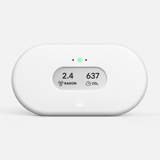




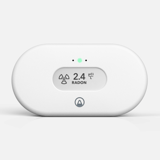

%20(1)%20(1)%20(1).webp?width=160&height=160&name=corentium_home_us_-_hero_image_-_front%20(1)%20(1)%20(1)%20(1).webp)
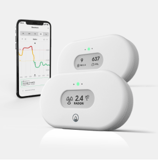

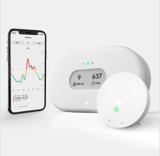

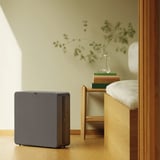

 Back to top
Back to top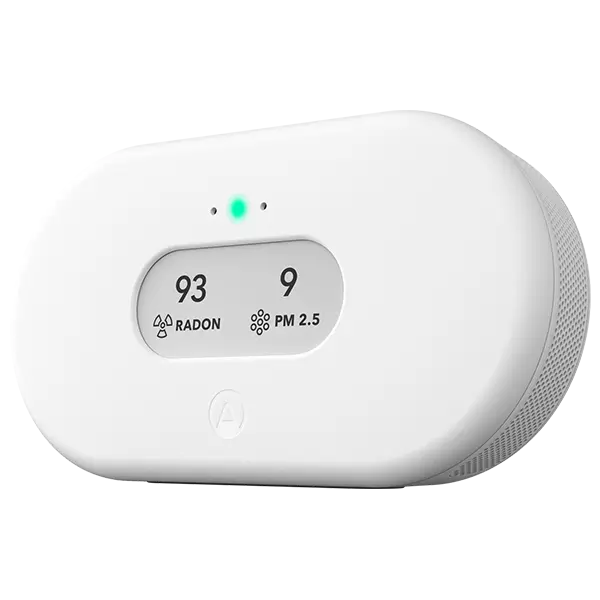

%20(1).webp)

%20(1).webp)
